This Erotica Kills Fascists: Mädchen in Uniform
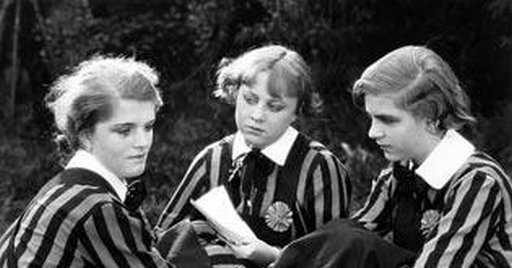
There’s a famous 1931 German film called Mädchen in Uniform about a repressive Prussian-style boarding school for young women. Let’s allow B. Ruby Rich writing in Jump Cut to help frame the movie’s context for us:
If we are to understand Maedchen In Uniform fully, it is important to keep in view the society within which it was made. It was the celebrated milieu of Berlin-avant-la-guerre, the Berlin with dozens of gay and lesbian bars and journals, the Berlin of a social tolerance so widespread that it nearly camouflaged the underlying legal restraints (which were to grow, rapidly, into massive repression).
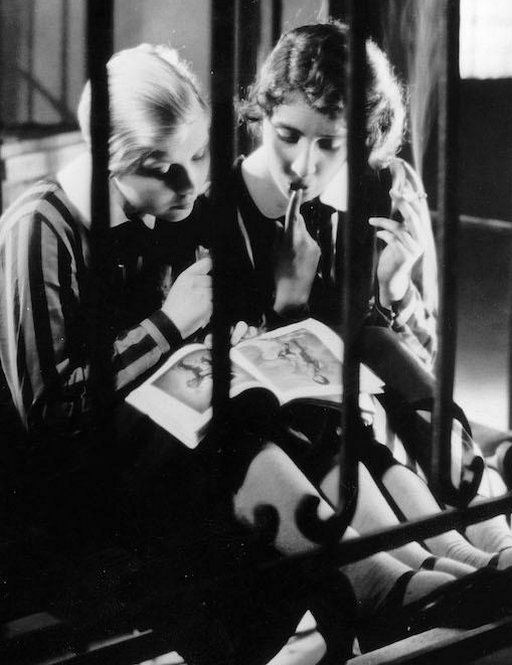
Although Mädchen is primarily understood in our time as an early film about lesbianism, and is most notorious visually for a kissing scene between student and instructor (of which more later), the film is said to have been primarily appreciated by its contemporary German audience for its anti-authoritarian sentiments. From an IMDB review:
Though the film goes as far as it can in its theme of (awakening) lesbian feelings and sexual feelings of young girls in general, shifting emphasis automatically meant concentrating on the theme of the cold and inhumane authoritarian (Prussian) way of life and upbringing, a way of thinking still present in the Weimar republic and in 1931 already considered a danger to the young republic. Then audiences were more interested in this aspect than in the sexual one… A political stand this film certainly takes not, but, as the original title “Yesterday and Tomorrow” says, this film makes a plea for a more liberal and humane society. Of course the film was banned after the Nazi take-over (though for some obscure reason Goebbels liked the film “as film”).
Here’s Rich in Jump Cut again with more to say about that:
Most important to the film’s reputation through the years has been its significance as an antiauthoritarian and prophetically anti-fascist film. To be sure, the film has suitable credentials for such a claim. Any film so opposed to militarism, so anti-Prussian, so much in support of the emotional freedom of women, must be an anti-fascist film. Add to such factors the fact that the film was made on the very eve of Hitler’s rise to power, just prior to the annexation of the film industry to Goebbel’s cultural program, and the legend of Sagan’s proto-subversive movie is secure. In emphasizing the film’s progressive stance in relation to the Nazi assumption of power, however, film historians have tended to overlook, minimize, or trivialize the film’s central concern with love between women.
In my considered opinion, overlooking that must have taken considerable effort!
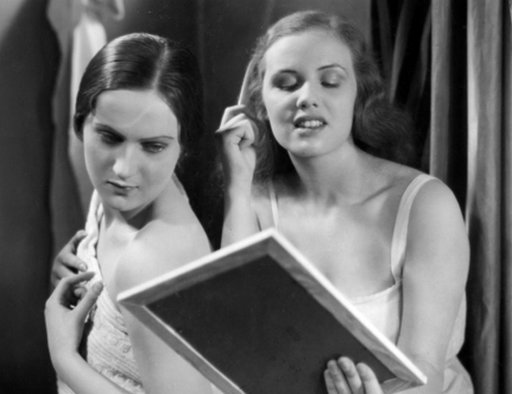
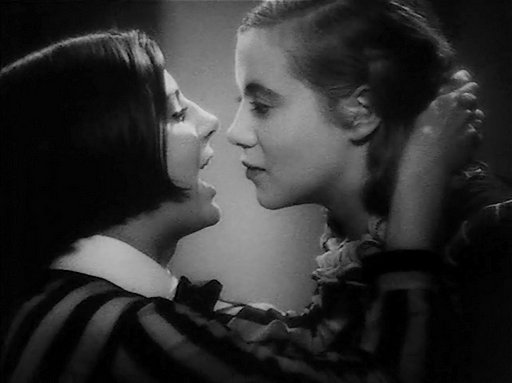
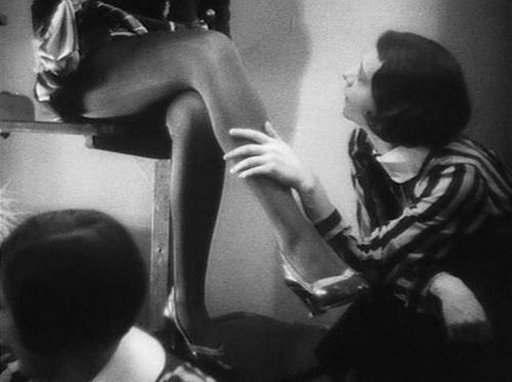
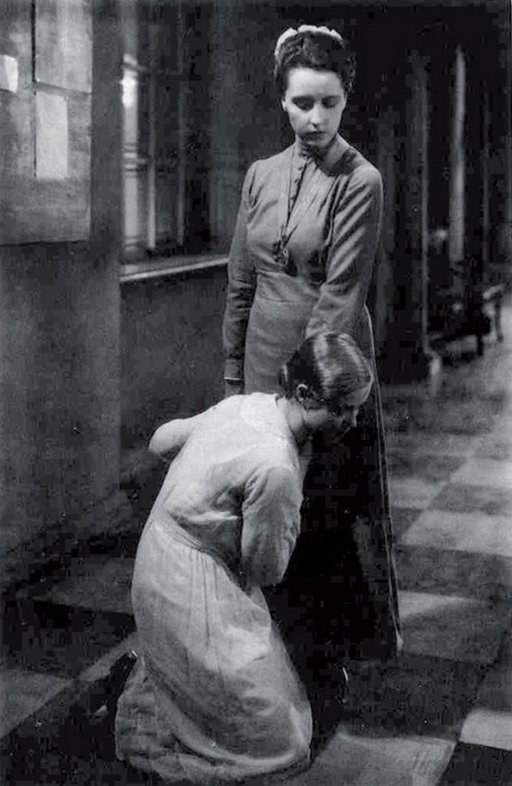
And what of the celebrated kissing scene in the dormitory?
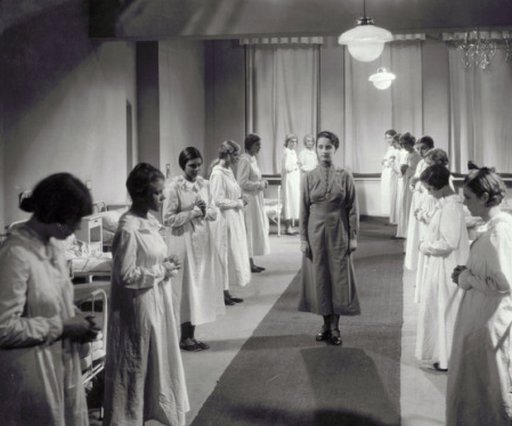
Here’s the clip:
Rich in Jump Cut is much better than me at describing what we just saw there:
The scene is set in the dormitory on Manuela’s first night in the school. It is filmed with the soft focus and radiant light of a Romantic painting, say one by Friedrich. The lights are even dimmed, by Fraulein von Bernburg herself on-screen, to make the scene more seductive to the viewer. All the girls are poised on the edge of their beds, kneeling in identical white gowns, heads upraised to receive the communion of her lips touching their foreheads, which she holds firmly and ritually as she administers each kiss.

Rich again:
This extreme fetishizing of the kiss, by both the nature of the teacher’s gestures and director Sagan’s cinematographic style, is emblematic of the unspoken codes of repressive tolerance. The kiss is permitted, to each alike, but it is at once the given and the boundary. Nothing more may be allowed or even suggested, although the tension of that which is withheld suffuses the scene with its eroticism of shimmering light and grants the teacher her very power. The kiss is the minimum and the maximum, a state of grace and a state of stasis. The entire equilibrium is founded upon this extreme tension – which is snapped when Manuela, overwhelmed by the atmosphere and her feelings, breaks the rules. She throws her arms around Fraulein von Bernburg’s body in a tight embrace and receives, not a punishment, but a kiss. A kiss, not merely on the forehead, but full on the lips.
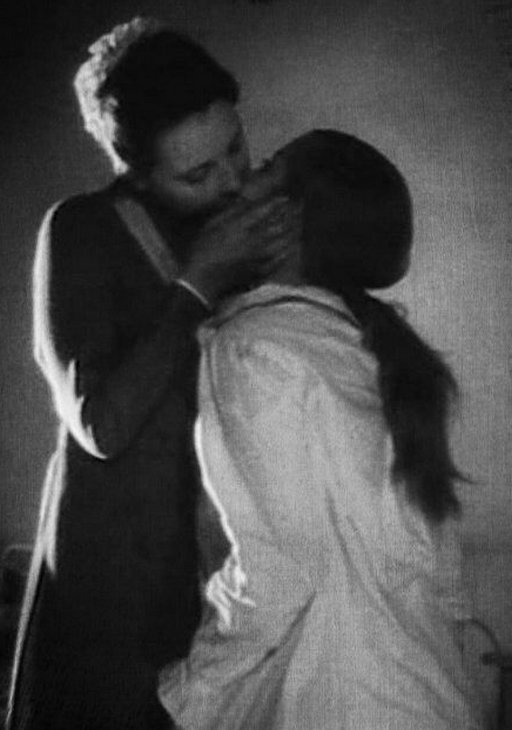
Without spoiling the subsequent plot of the movie for you, it ends surprisingly well, with no tragic suicides or dire fates. But Rich, writing in the 1980s about this 1930s film, makes an argument about the movie’s ending that’s still compelling today:
The bells and bugles that sound periodically throughout the film, casting a prophetic pall upon the love of Manuela and Fraulein von Bernburg, are waiting just outside the gates for us as well. The ending of the film can be interpreted as a warning to heed to forces mounting outside our narrow zones of victory and liberation. When, at the film’s end, the Principal appears to be defeated, she exits through a darkened hallway. But at the end of the hallway is the light of the outdoors, site of the buglers and the patriarchal forces mobilizing against any such victory.
The Nazis didn’t just ban this film, they tried to burn all the copies (source). Fortunately, they failed; some prints had already been dispersed outside Germany, and a very few of those survived the war.
Similar Sex Blogging:
Shorter URL for sharing: https://www.erosblog.com/?p=17331








What a fantastic find! Every screenshot is pure poetry (by Sappho).
Isn’t it though? Glad you liked it. I was rather amazed when I stumbled across it.
If anyone out there who knows German watches this film, it would be great to know exactly what these girls on the second photo are looking at…
[…] Erosblog […]